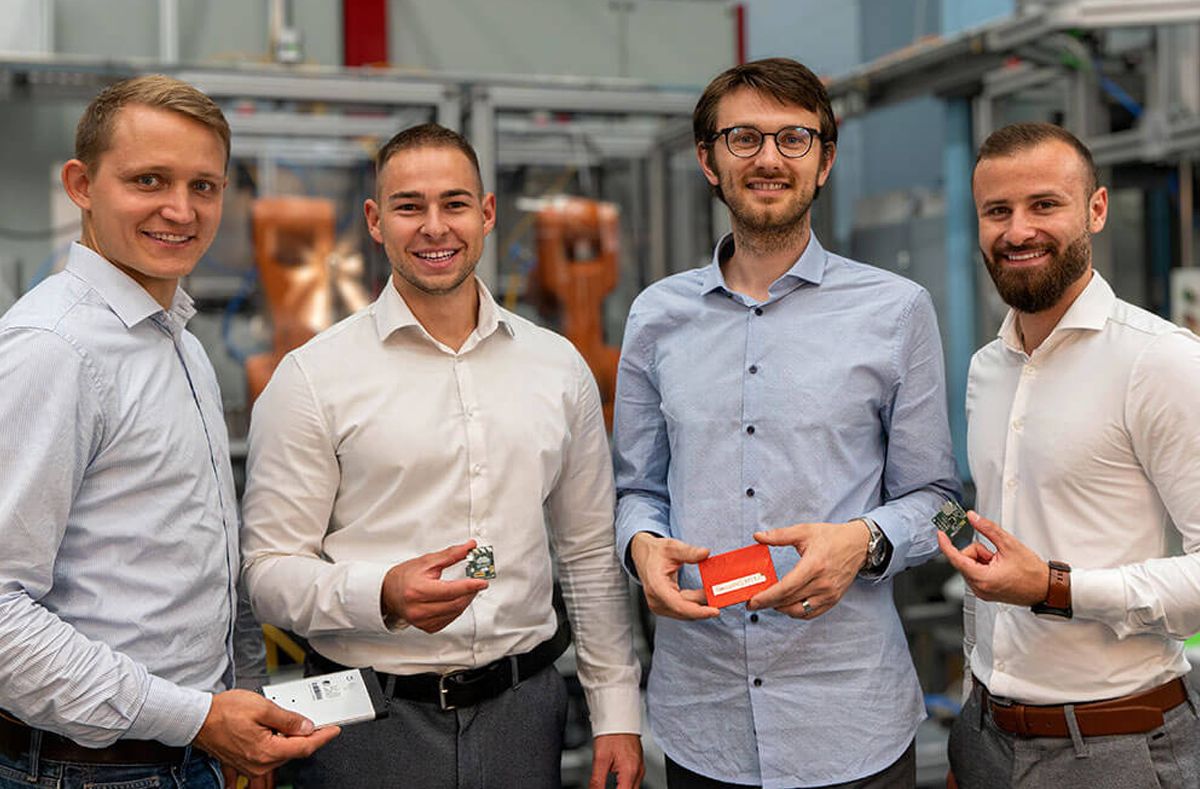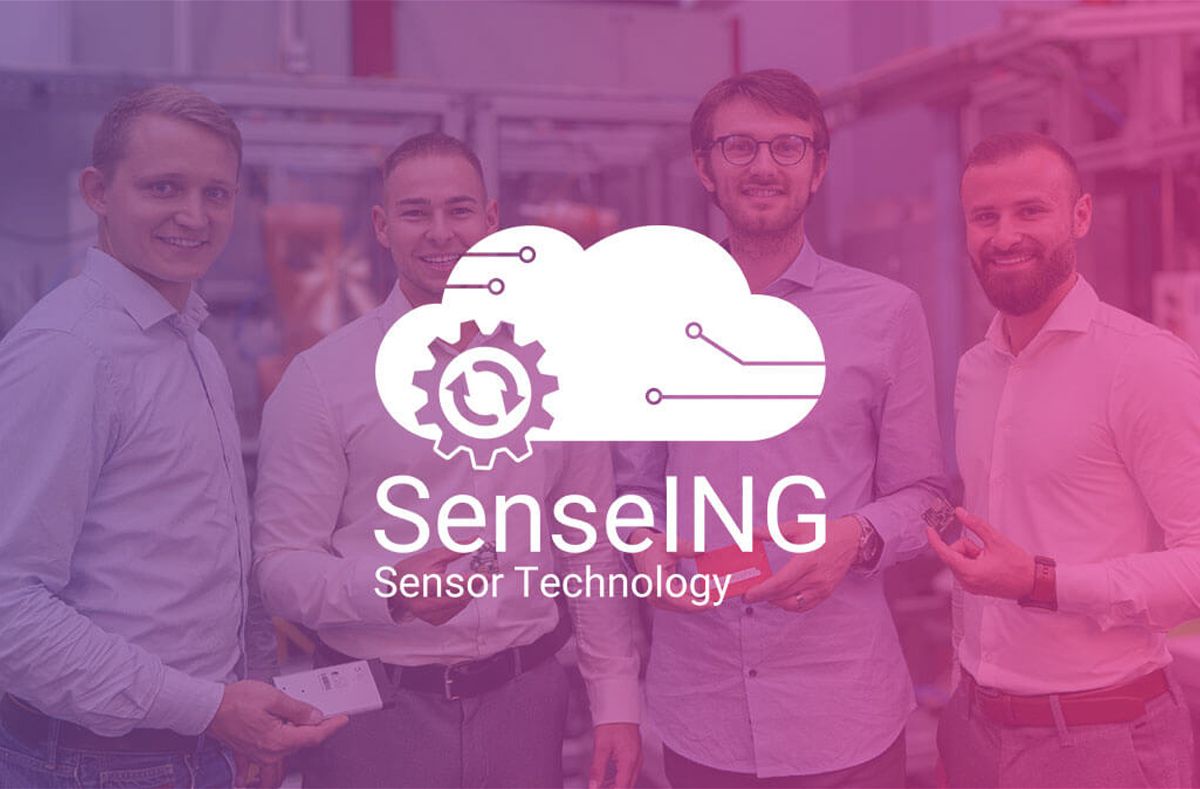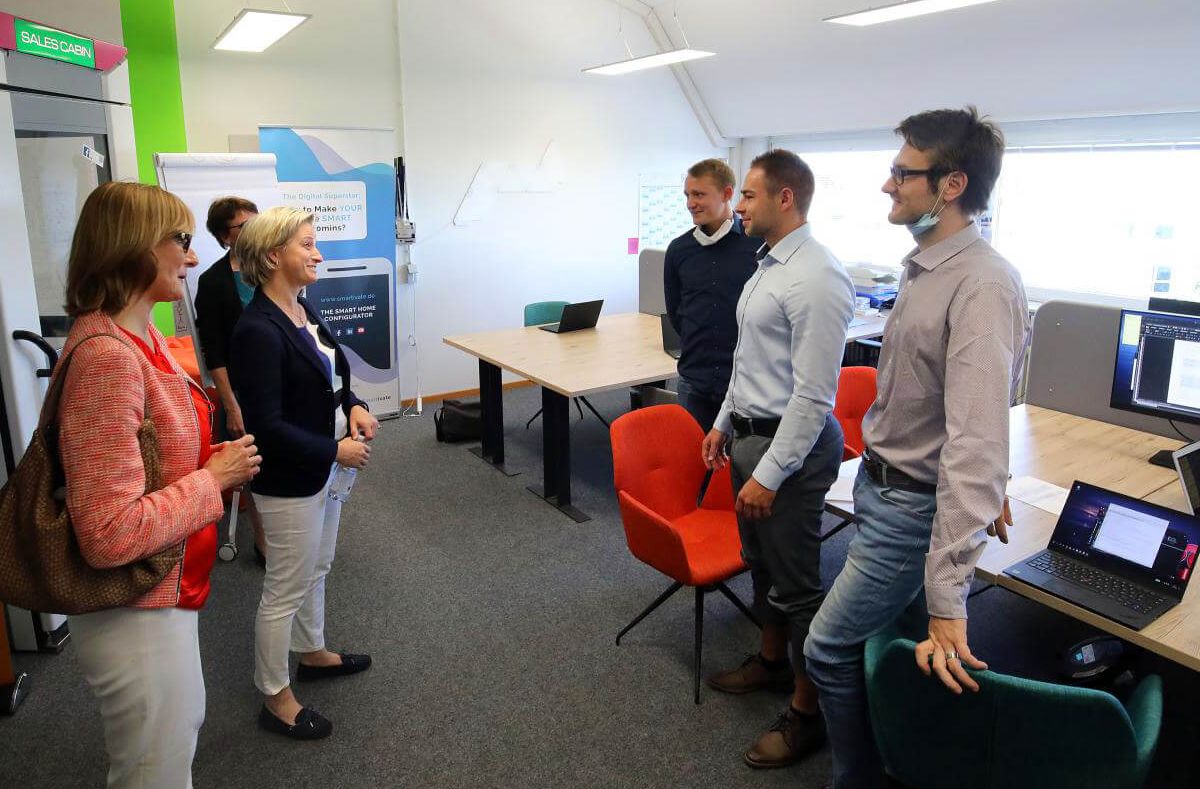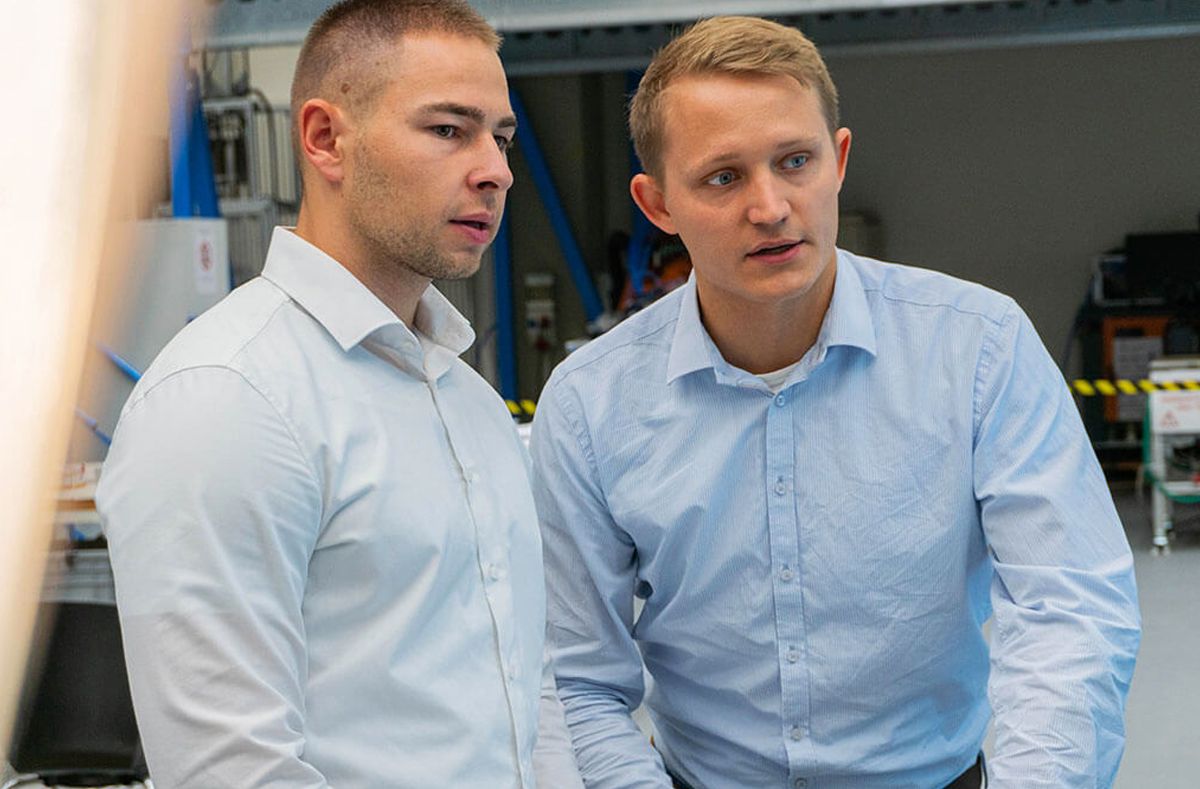SenseING GmbH is founder of the month
One of the largest business incubators in Germany awards SenseING as founder of the month
The KIT-Gründerschmiede was founded in 2013 and is now one of the largest university incubators in Germany. They bundle all activities on the topics of founding and entrepreneurship to achieve more impact for their founding teams.
KIT-Gründerschmiede sees itself as an accelerator for innovative business ideas around the central future topics of our time such as digitization, artificial intelligence, biotechnology, mobility, and energy.
In its blog, KIT-Gründerschmiede publishes a monthly interview with the founder of the month. Our interview for the month of May can be read here.




